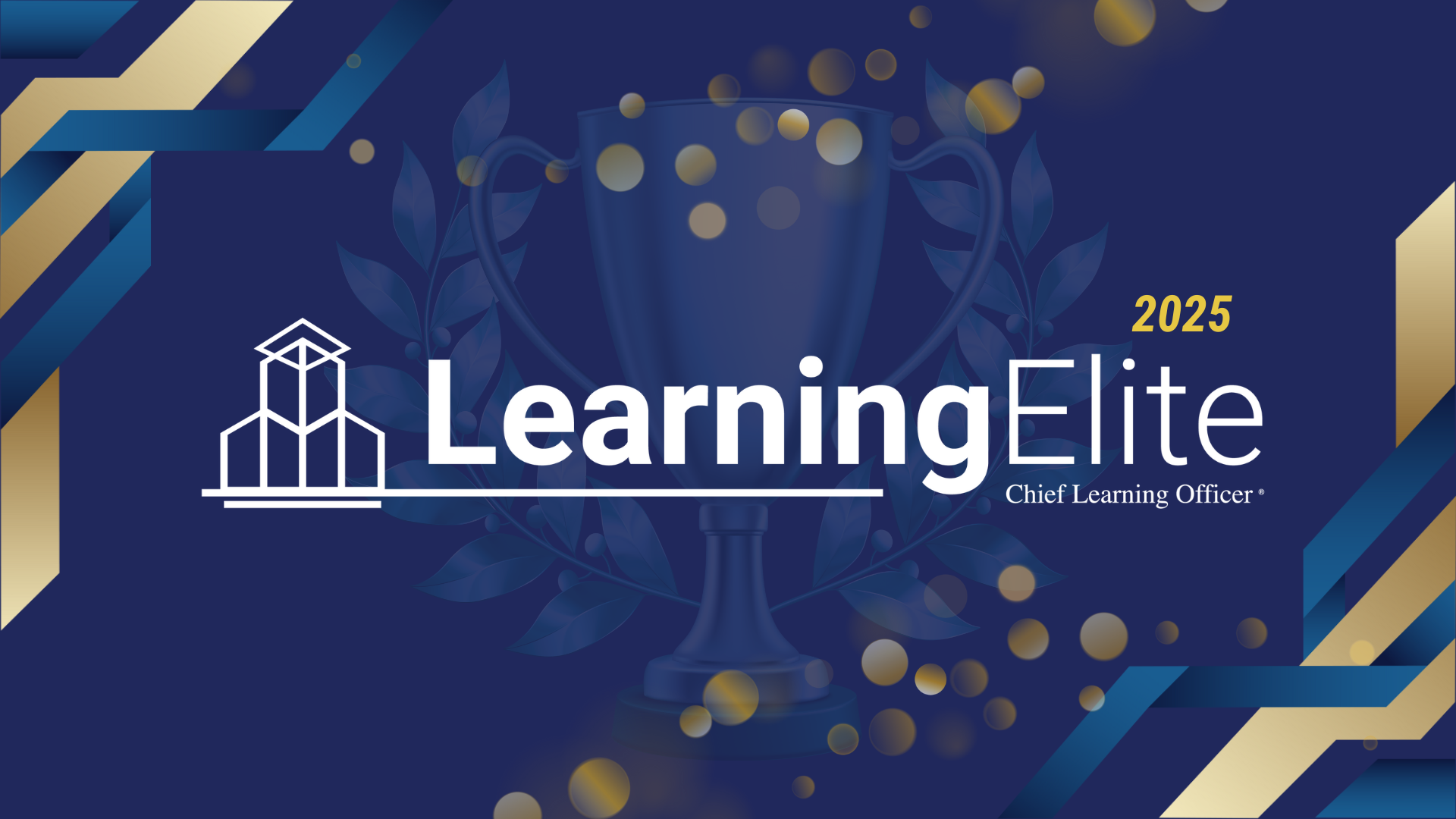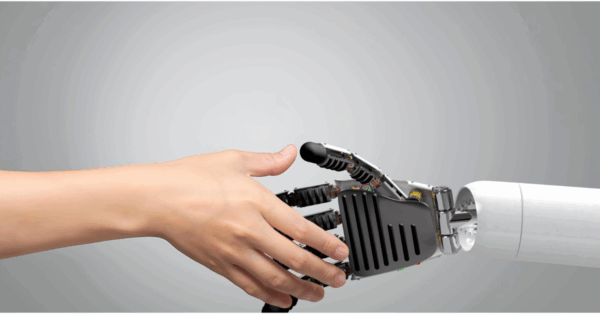Most people can remember times in their lives when anxiety helped them learn.
“When Hurricane Floyd swept through North Carolina in September 1999, I was working in Wake Forest for Sprint as a senior HR manager,” said Ray Feagins, vice president of human resources, talent and organizational development at King Pharmaceuticals. “There was extensive flooding, and about 100 of our employees lost everything they owned. The company asked my team to serve as an employee emergency disaster center — an abrupt shift from a traditional HR function.
“First, we had to find out if all our people were still alive, which was not easy with phone lines down and cell towers not working. Then we coordinated with FEMA to arrange housing for our employees, get them some cash to tide them over until the banks reopened, and secure food and clothing for their families. I was doing things I’d never done before. The stakes were obviously very high. It was an anxious time, but I learned more about planning, organizing and communicating in those few weeks than I did from all the leadership courses I ever took.”
Not only can life’s anxieties help us learn; life often reveals anxiety’s upside. Bob Rosen, founder, chairman and CEO of global management consulting and research firm Healthy Companies International, wrote the book Just Enough Anxiety to counter the perception that anxiety is always bad and to help business leaders use anxiety as a success driver. There are many ways “just enough anxiety” can be used to powerful effect by chief learning officers, learning designers and facilitators of learning experiences.
Ancient Impulses
Anxiety arises from the old brain, sometimes called the limbic system or emotional brain. This part of the brain responds to threats and environmental changes. Fear and its close cousin anxiety have been guardians of human survival since the beginning of time. Just as they kept prehistoric man from being some animal’s dinner, fear and anxiety keep modern-day humans from walking down dark alleys at night.
Unchecked, however, anxiety can be debilitating. Fortunately, the newer part of the brain, often called the executive brain, gives humans the capacity to consciously choose their responses to anxiety. Humans can treat anxiety as a resource rather than an enemy by remembering that, in the right measure, anxiety fuels higher levels of performance. Armed with this crucial insight, organizations can engineer anxiety into a profoundly productive force.
It isn’t hard to detect when a learning experience offers too little or too much anxiety. A guest speaker who is entertaining but only vaguely relevant, for example, may unintentionally summon a field of BlackBerrys as people discern how little is at stake. Conversely, learners may grow agitated or withdraw if a learning experience that carries serious consequences, such as a professional certification, is poorly organized and presented.
When executives who craft learning strategies consciously build just enough anxiety into learning experiences, their organizations will derive substantially more value from learning investments.
Using Anxiety in Learning
Many familiar tools can be used to create just enough anxiety in learning. Three prime examples include realistically stressful simulations, team competitions that require people to rely on each other and tying learning explicitly to the real-life stresses currently felt by learners or by an organization as a whole.
Spence Wickham, who directs the Logistics Civil Augmentation Program for DynCorp International (DI), is leading an intense ramp-up to build and place a workforce of more than 14,000 DI employees in Afghanistan and Kuwait. There the employees will provide facilities, supplies, maintenance and transportation support to the U.S. military and its allies. In the midst of that effort, Wickham participated in an executive development program designed to help DynCorp dramatically increase organic business growth.
The program featured a simulation of a competition between two companies: Sigmacorp and Gammacorp, which were identical to DynCorp in April 2010. The competition was based on each company’s ability to increase valuation through organic growth. Company valuation was judged by a panel of experts based on strategic positioning for five-year growth; understanding and adapting to the marketplace; internal operations, human assets and finances; creating a differentiated customer value proposition; use of adaptive frameworks; strategies to engage the workforce; designing a winning leadership culture; and crisis response.
DynCorp International’s Growth Catalyst program was conducted in weeklong sessions, held once a quarter during the year, for leaders a level below direct reports to the CEO. In the final week of the course in April 2010, the participants were divided into two teams, each to act as a simulated company. Both simulated companies began with the current state of DI as a base line, with a goal to optimize business growth going forward.
“To be honest, I didn’t like it much,” Wickham said. He was named CEO of his team’s simulated company. “I didn’t volunteer for that role: I was drafted. When we heard we’d compete against the other team’s company over three days and be graded by our real CEO at the end of the week, we knew we had to get serious. We had to perform.”
Each team was graded and coached as it reported to a mock board of directors. “They were brutally honest in their assessments,” Wickham said. “As the CEO for our team’s company, I had to quickly assess recommendations and keep us moving forward. Time was of the essence. We felt pressed, but as we worked together under that pressure, we learned we were much more powerful as a group than as individuals. Together, we displayed strength that was formidable.”
In the midst of the weeklong exercise, participants were summoned to appear in front of a simulated congressional panel, where they faced a row of microphones, flashbulbs and pointed questions.
“If you tried to cruise through that week, you were going to look bad, and you’d make your team look bad,” Wickham said. “I hadn’t had much chance to work with any of my teammates before, but through that program we achieved a great level of rapport. Now if I’m at a meeting and see some of my old teammates, we naturally gravitate to each other because we definitely went through something meaningful together. We learned things through that shared experience we could never have learned if we’d all just read the same book on how to grow a business.”
King Pharmaceuticals uses a simple method to build healthy levels of anxiety into learning experiences. “Our sales managers have to be certified in coaching skills, and in that training we use a lot of role-playing, which we videotape,” Feagins said. “Most people watch themselves on tape with a particularly critical eye, so videotaping learners as they try to apply new, unfamiliar skills sharpens their focus and helps them see for themselves where they need to improve.”
Coaching, Modeling and Impact Sessions
Anxiety also has its place for wine producer Constellation Brands as the company works to leverage its global scale via an enterprise resource planning (ERP) strategy that will unite data across operating companies, standardize fundamentals such as item and customer numbers, and allow everyone to share one version of the truth worldwide.
“This is a multiyear, multimillion-dollar initiative. It is a very big change. And it is clearly important,” said Valerie Benjamin, change management director for the company. “But let’s face it, ERP installation is not the most exciting topic on the planet. How do you make something like ERP meaningful, personal and engaging for the people who must make it work? How do you ensure they want to learn about it?”
Constellation takes carefully considered steps to help people get in the right state of mind to learn. Six months ahead of ERP installation training, Constellation will run an impact session with a group of learners to share with them at a high level what is going to change and what it means to them.
“These sessions aim to take people from uninformed optimism, where they may figure the coming change is no big deal, to a place where think, ‘Oh, wow, there’s more to this than I realized. And it’s really going to affect me. I’m going to have to start paying more attention to this.’ People start to clue in when they feel that kind of anxiety,” Benjamin said.
About two months before installation training, Constellation will follow up with role-specific sessions that detail what each affected employee will stop doing, start doing and continue doing when the new system goes live. “We’ll ask, ‘How do you feel about it?’ We help our people get emotionally prepared to make the change work,” Benjamin explained.
The impact sessions at Constellation Brands drive a progression from generalized anxiety about a change to clarity about what the change will mean to each learner personally. By the time employees receive systems training, they are very clear about why it matters to them. “They are motivated and prepared to ask good clarifying questions during the training, and they want to actively explore scenarios they may encounter when we take the new system live,” Benjamin said.
The International Partnership for Microbicides (IPM) is an organization of scientists engaged in drug development to prevent HIV transmission. Chief Human Resources Officer Kathleen T. Ross said stress levels are often high at IPM. “Every day we don’t find a solution, people are dying. I’ve coached my fellow executives here to consciously ease down the anxiety in our organization so it doesn’t become debilitating or overwhelming,” Ross said. “Leaders have to be almost Solomon-like in striking the right balance. The passion our people bring to the work of preventing HIV is powerful, but if we make the organization frantic, it works against our goals.”
Ross said that most chief learning officers and chief human resources officers are called upon to coach their CEOs and fellow executives. “I believe anxiety is a lens we must apply to that role,” she said. “We must coach our fellow executives to consciously raise or lower anxiety to levels that enhance performance.”
Further, she said chief learning and HR officers are highly visible role models. “In my own actions as a leader, I try to model a mindful optimism to help offset the sometimes terrible stress people feel when engaged in this kind of work. My positive outlook has to be authentic, and it is,” she explained. “I fundamentally believe that if we work the problem, we will succeed. We will rapidly provide women in developing countries safe, effective and affordable products they can use to protect themselves against HIV.”
Make It Matter
The imperative to create just enough anxiety in organizations, and particularly in learning experiences, takes nothing away from more common factors in learning design such as learning objectives, instructional method, assessment, evaluation and learning styles. The idea is to give anxiety a place among those long-recognized keys to effective, productive learning.
Therefore, steps to craft any learning strategy or experience should include gauging the anxiety level of the learning population’s members and determining whether to elevate or ease their anxiety to achieve the level that will fully engage and energize them. With that insight, organizations can employ some of the aforementioned methods, or countless others, to ensure learners always feel effectively challenged but not threatened.
Above all, learning needs to matter, and the learner has to feel it. In business settings especially, that is the litmus test. Chief learning officers should redouble efforts to articulate how the learning they offer ties to the organization’s objectives and to learners’ personal yearly goals. Reasons to actively participate in learning experiences must be immediate, and the experience itself should feel as much like real life as possible.
Stephen Parker and Mark Smith are principals at Healthy Companies International. They can be reached at editor@clomedia.com.

















